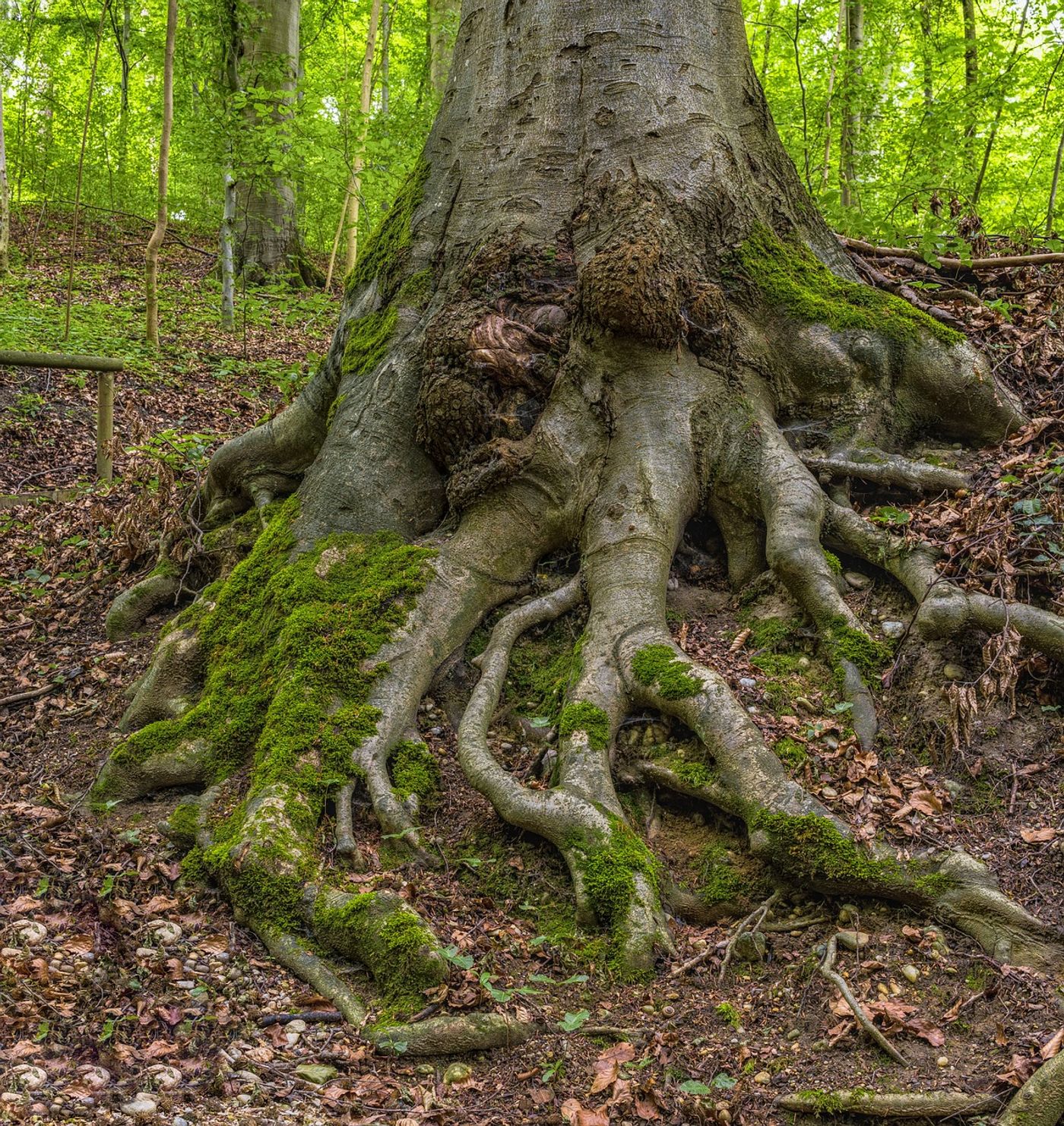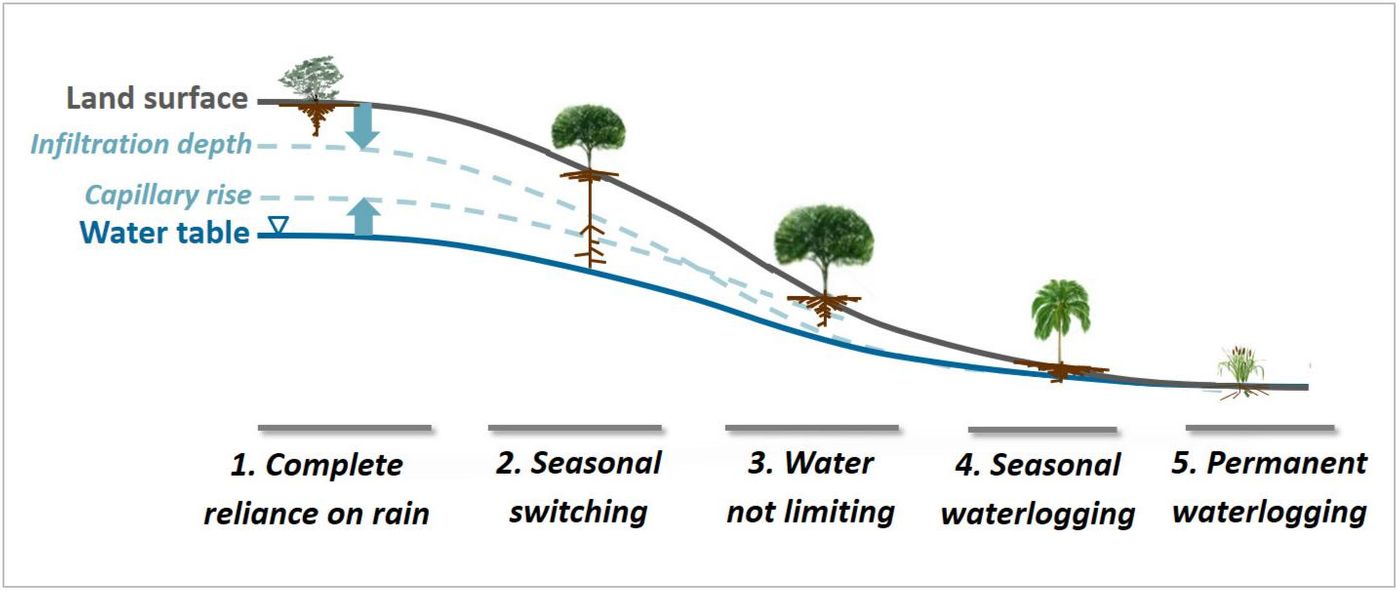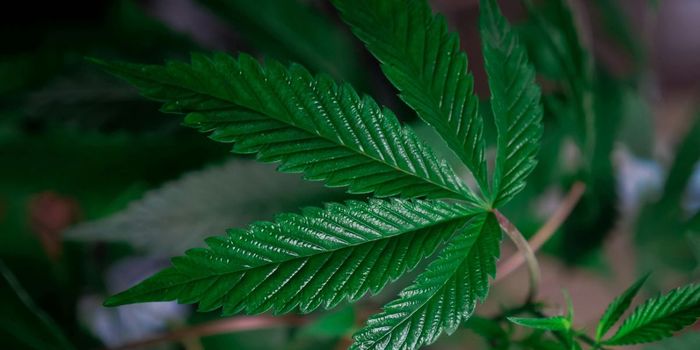Plant Rooting is Regulated by Soil Hydrology
Plants are some of the most resilient life forms on Earth, and a team of researchers led by Rutgers University-New Brunswick professor Ying Fan Reinfelder reinforce this idea through a new study that delves into the mechanisms behind their resourcefulness.
Image Credit: FelixMittermeier/Pixabay
Published in the Proceedings of the National Academy of Sciences, the study investigates various plants’ rooting behaviors in different environments to learn more about how they home in on water sources below the surface and to discover the factors that regulate this behavior.
The team studied more than 1,000 different plant species, including grasses, herbaceous plants, shrubs, succulent plants, and trees, and their analysis revealed that soil hydrology directly impacts plant rooting behavior in almost all of the studied plant types.
In upland regions of the world, where water is scarcer because it flows to the bottom of the hills, plant roots grow deeper into the Earth to find moisture. On the contrary, plants have shallower root systems in waterlogged lowland regions because water is readily available at the surface.
Related: Some plants kill off a portion of their roots to survive the cold
Image Credit: Ying Fan Reinfelder/Rutgers University-New Brunswick
As it would seem at first glance, plants have a reliable system in place for gathering the water they need for survival, but that doesn't mean their methods are foolproof when extreme water scarcity is afoot. A delicate balance exists between the different ecosystem types and the way plants adapt to live in them.
"Plants may be more resourceful and resilient to environmental stress and climate change than we previously thought, but only to a certain extent," Reinfelder explained. "They can withstand a period of drought. But if the drought continues for a century, they're not going to be able to cope with that."
While plants can handle minor droughts by tapping into the water deep beneath the Earth's surface to survive, severe droughts brought on by climate change are a different story altogether. Reinfelder expresses concerns, noting that severe droughts caused by worsening climate change could be the toppling point for that delicate balance.
Humankind has a lot to learn about how plants work beneath the surface because their root systems have gone under-studied for so long. Such is to be expected for something that remains out of sight and out of mind, but that needs to change for the sake of science.
“We need to invest in understanding the below-ground half of the ecosystem,” she concluded. “It’s dark. It’s opaque, but it holds the key to many questions, and the scientific community needs to shed some light there.”
Related: Man finds "half of a snake" inside of a freshly-cut tree
Understanding how these underground rooting mechanisms function in an ecosystem as fragile as Earth's is critical, especially since all animals are so dependent on plants for survival.
This study lays the groundwork for understanding plant rooting in different environment types and should open the door to future research.
Source: Rutgers University-New Brunswick










